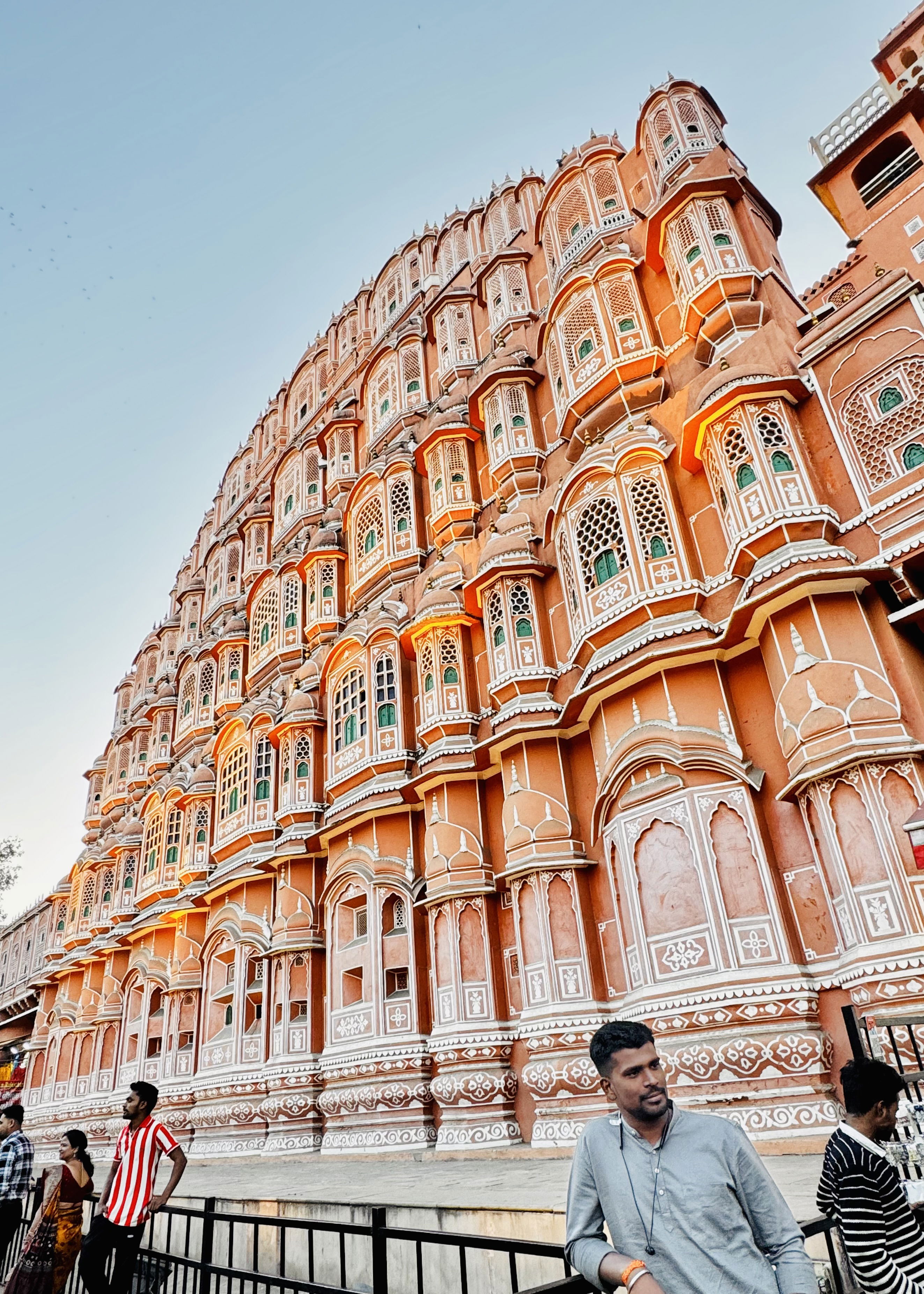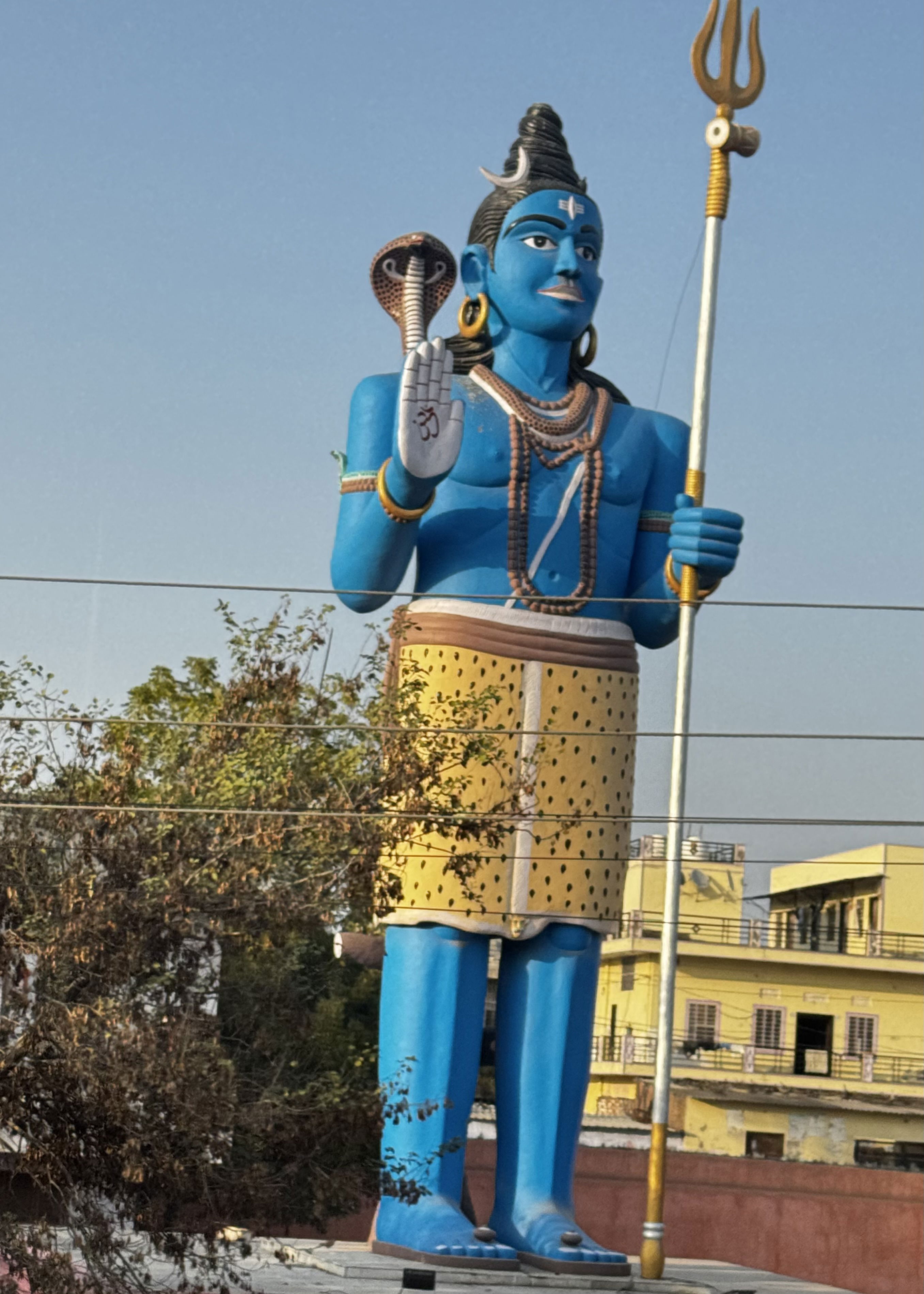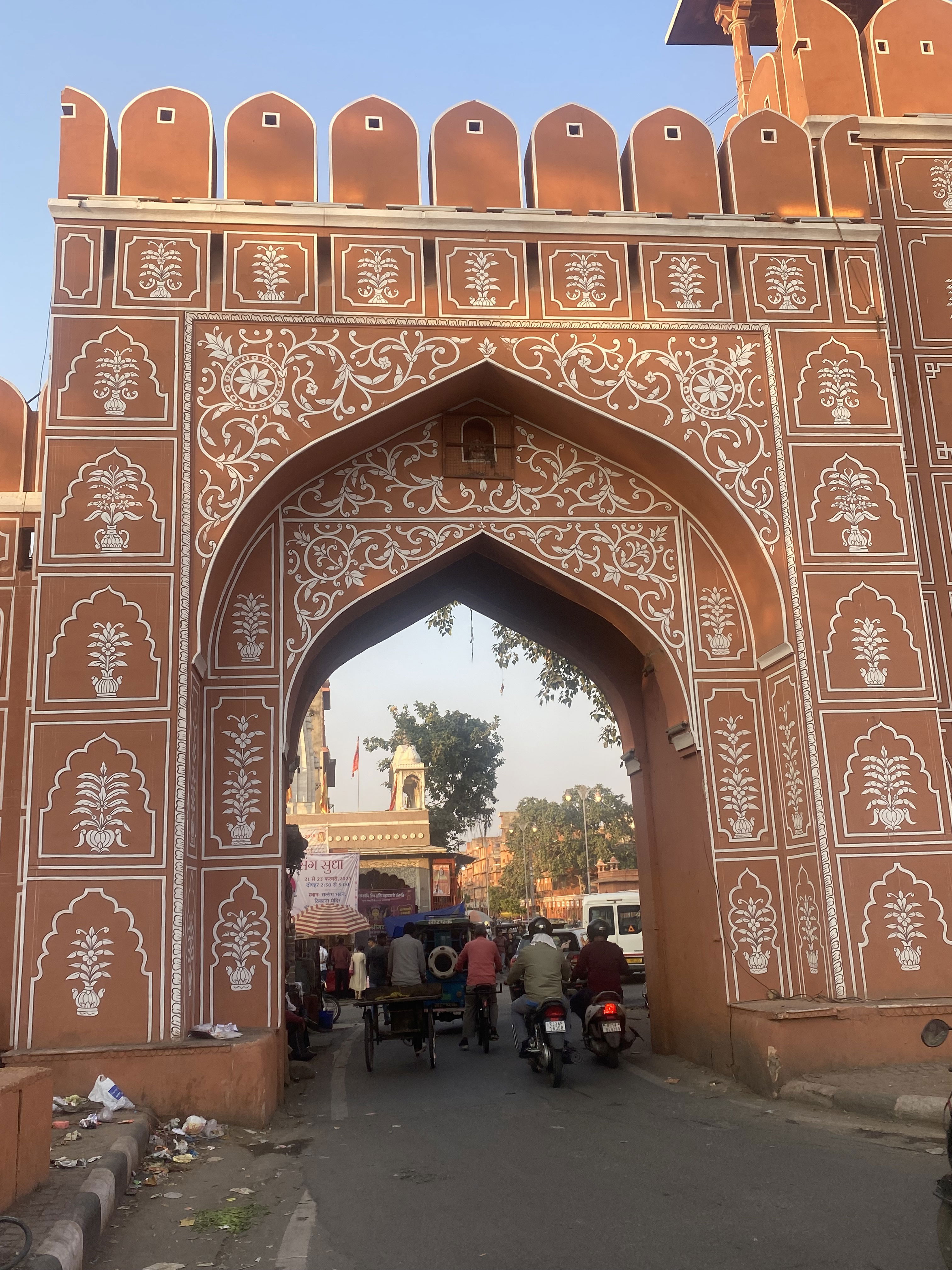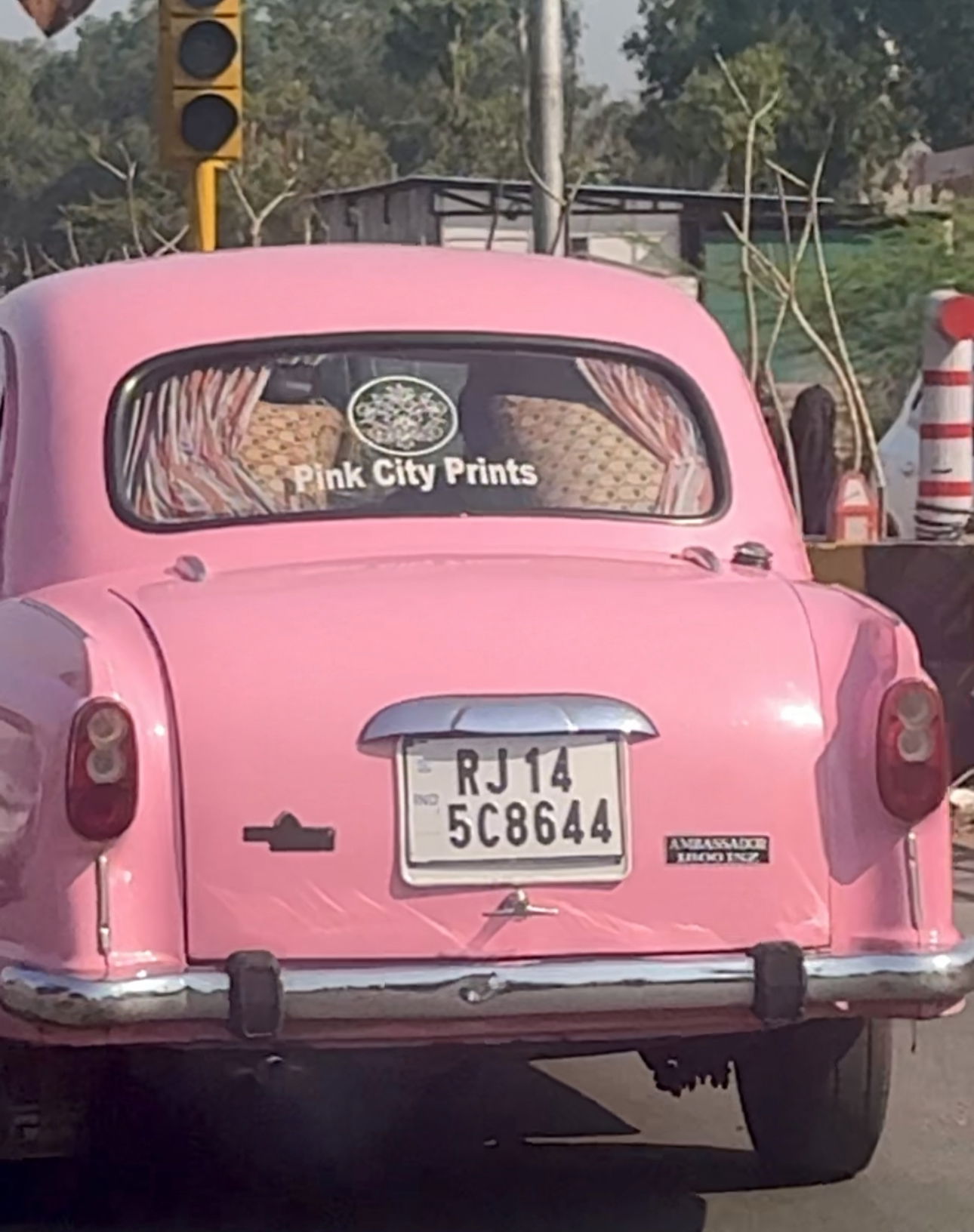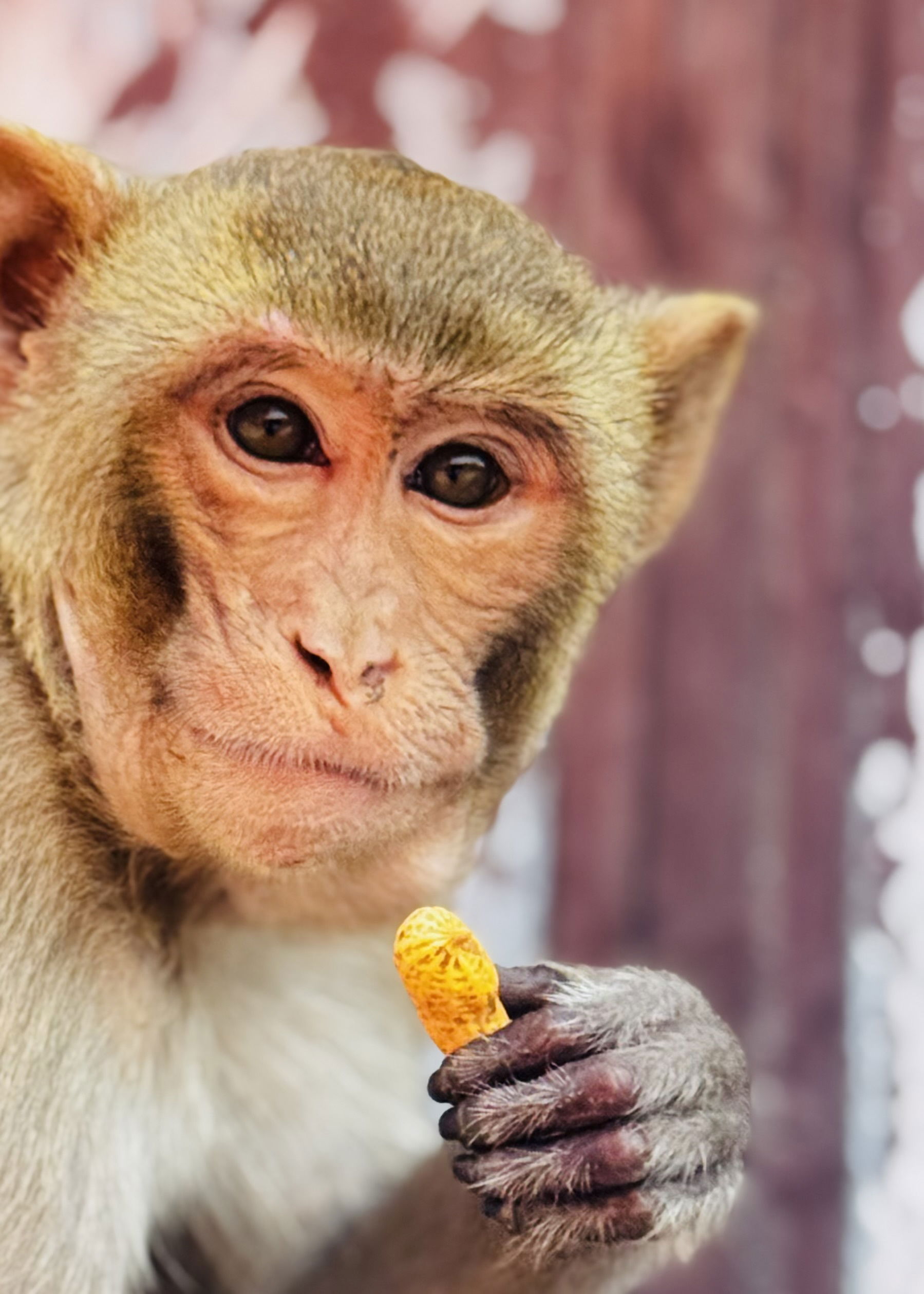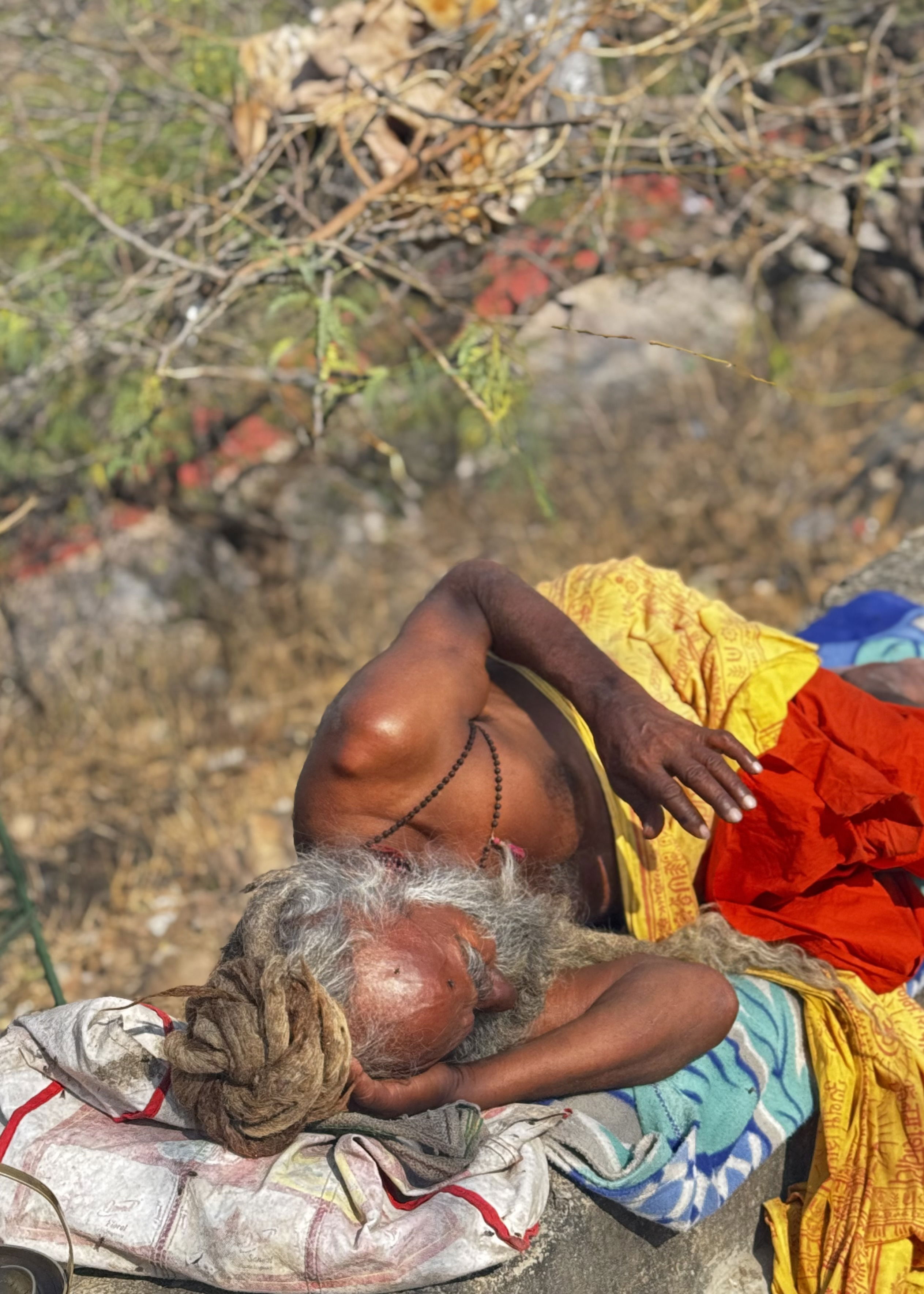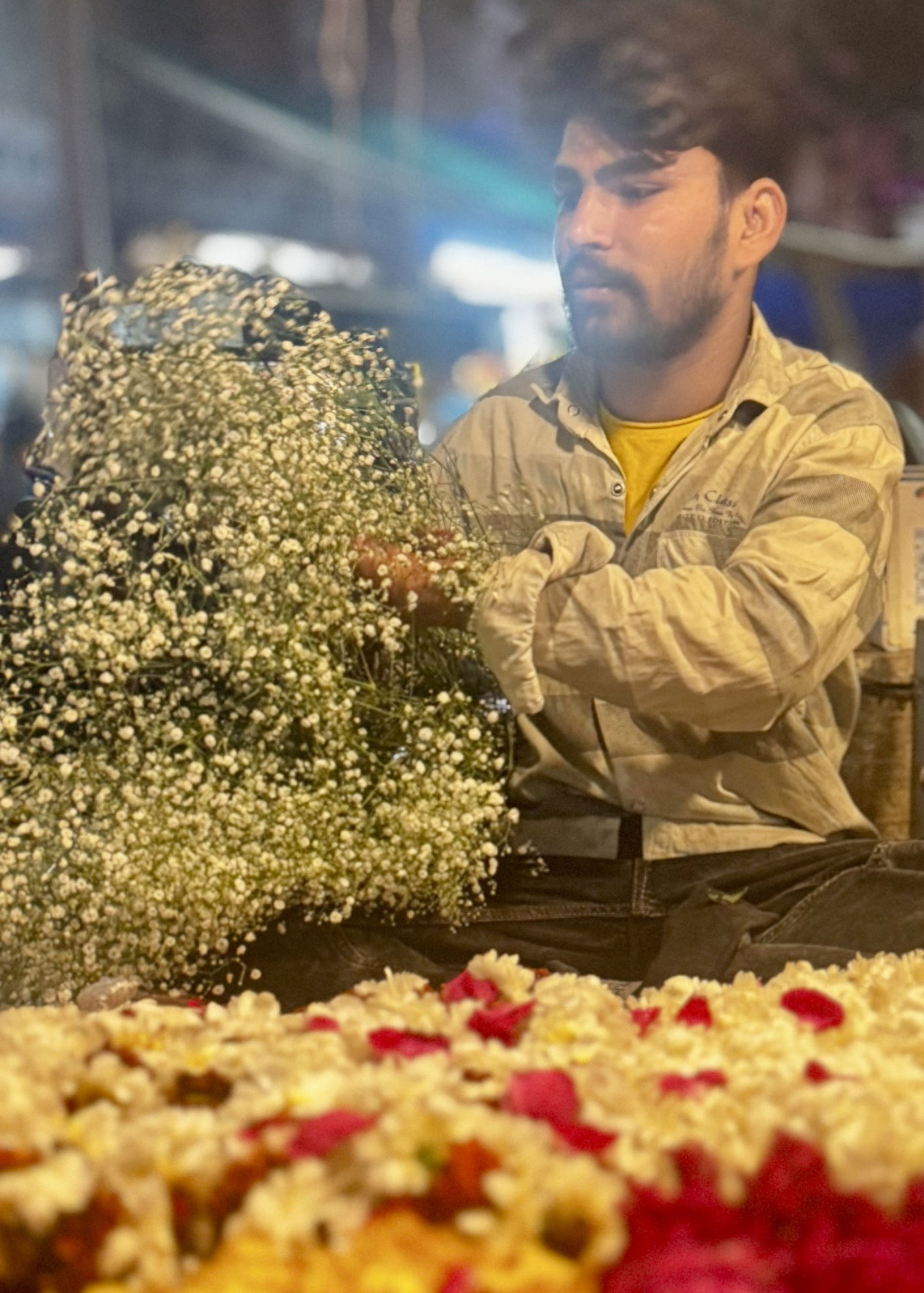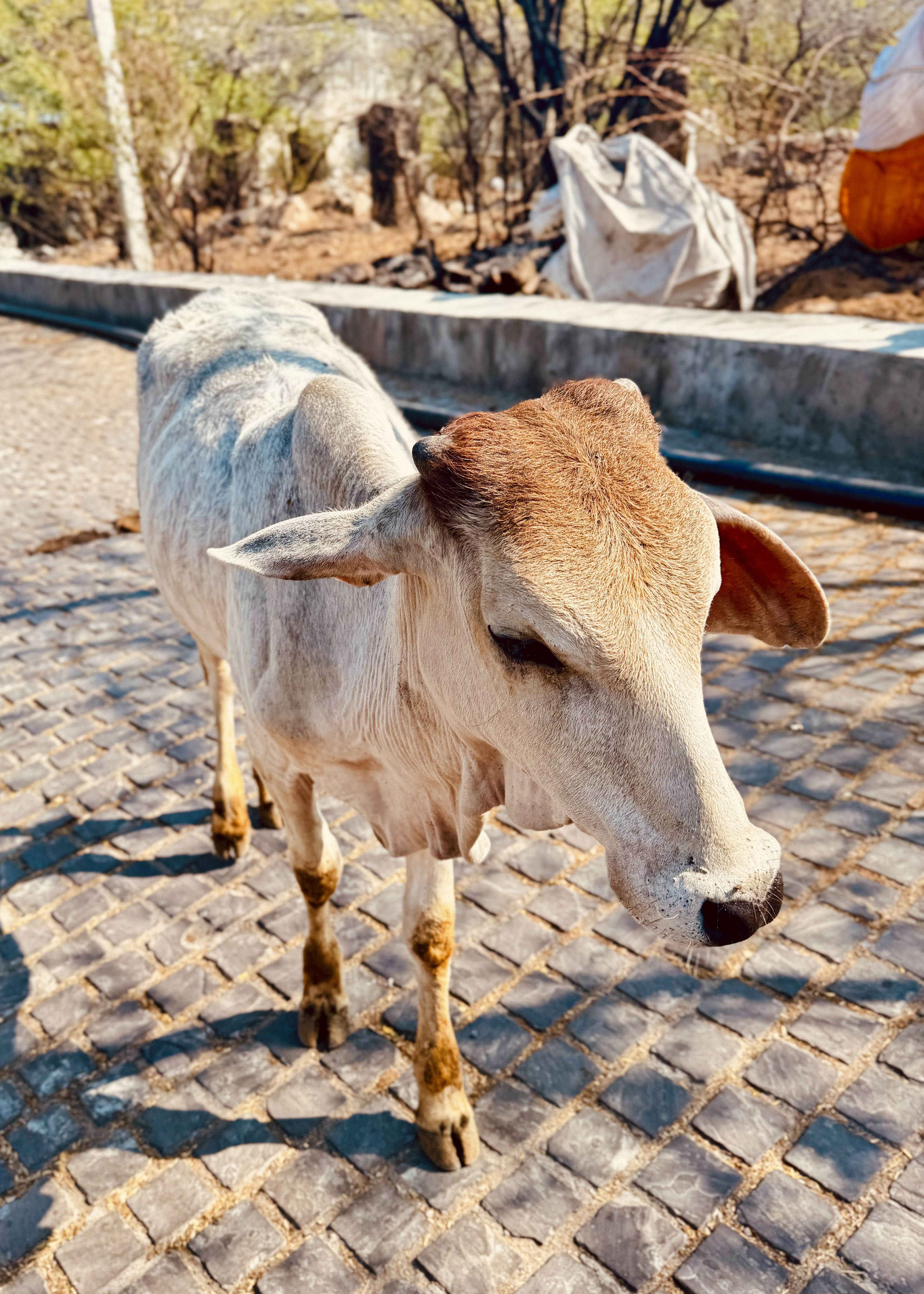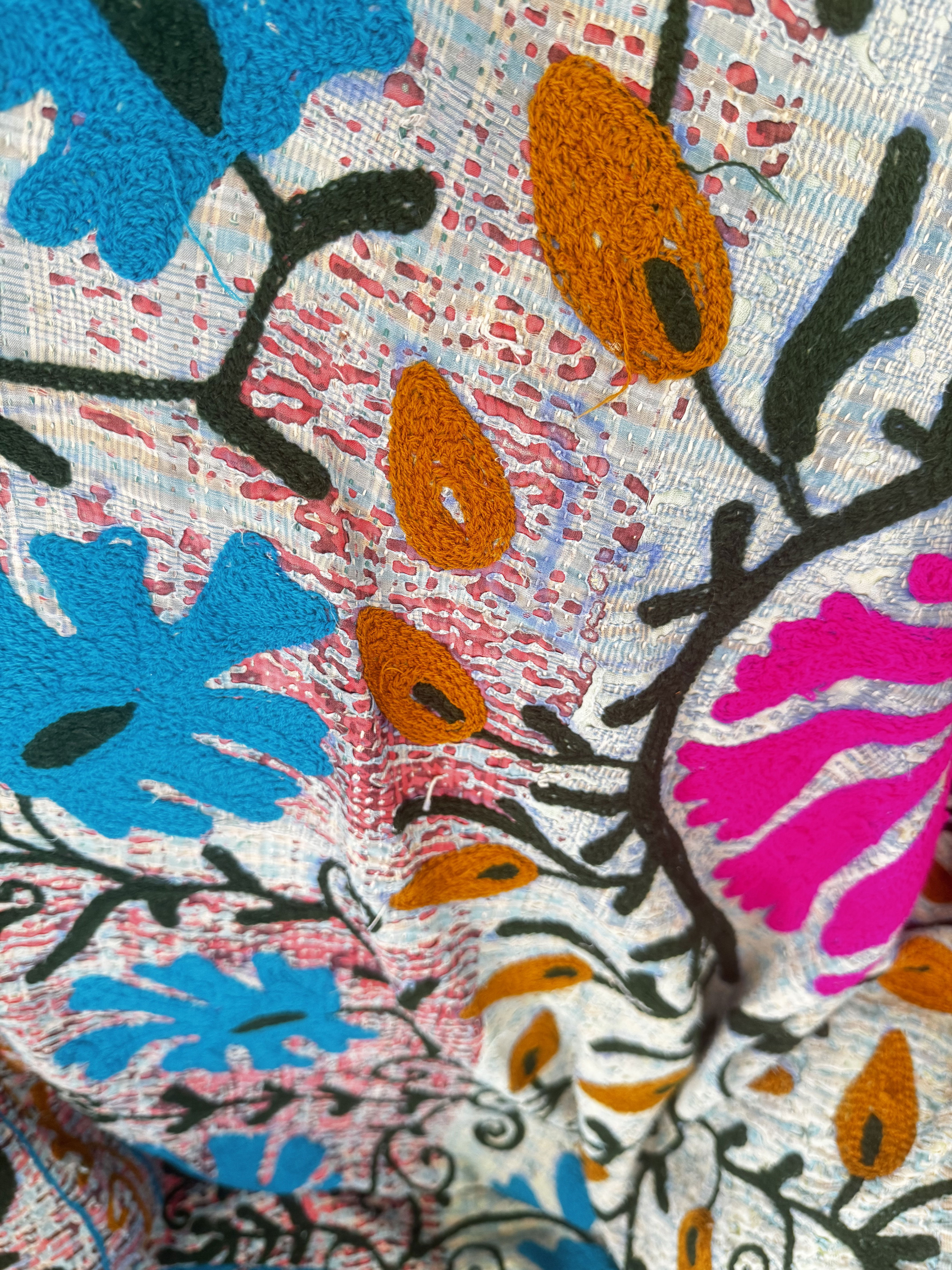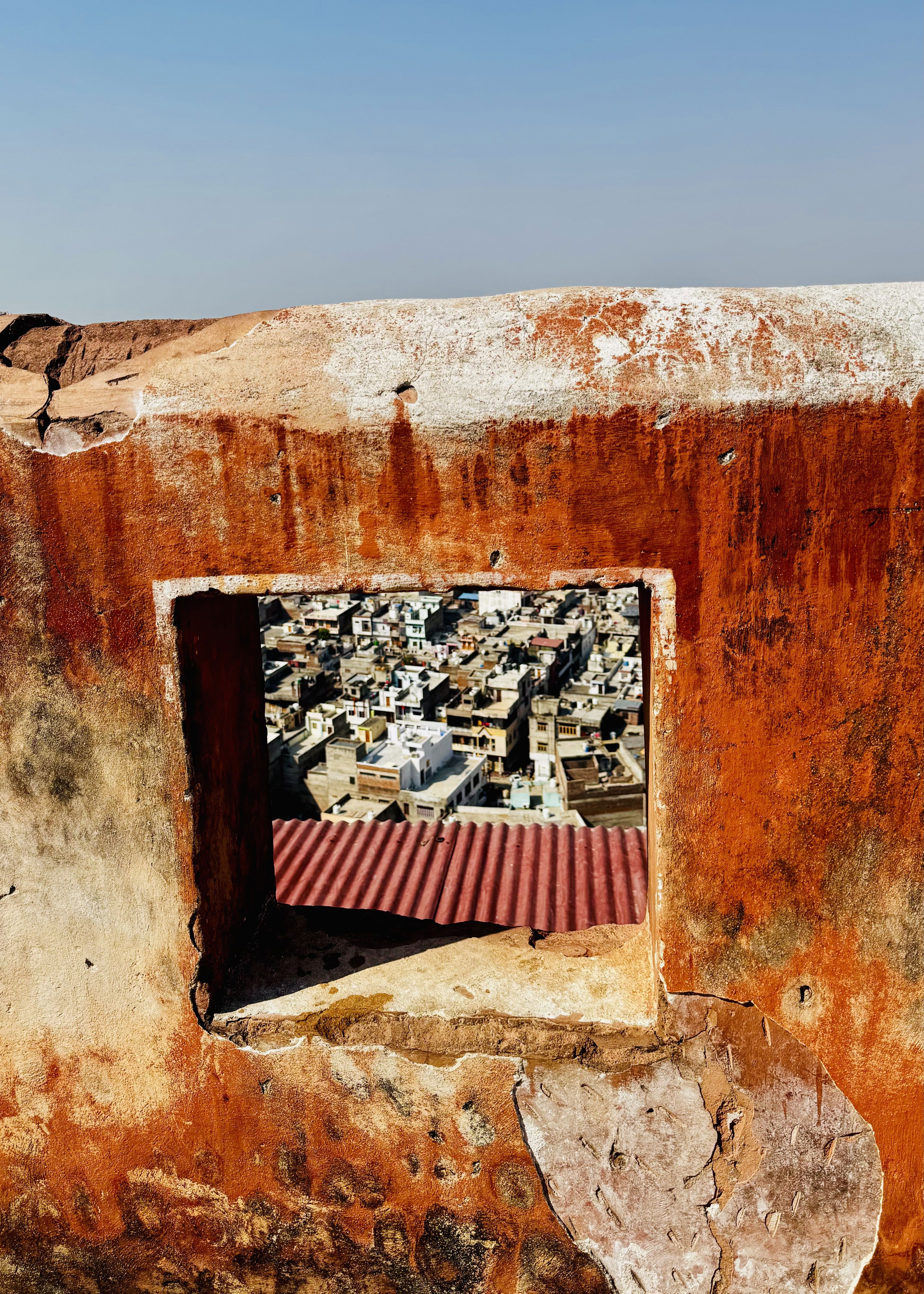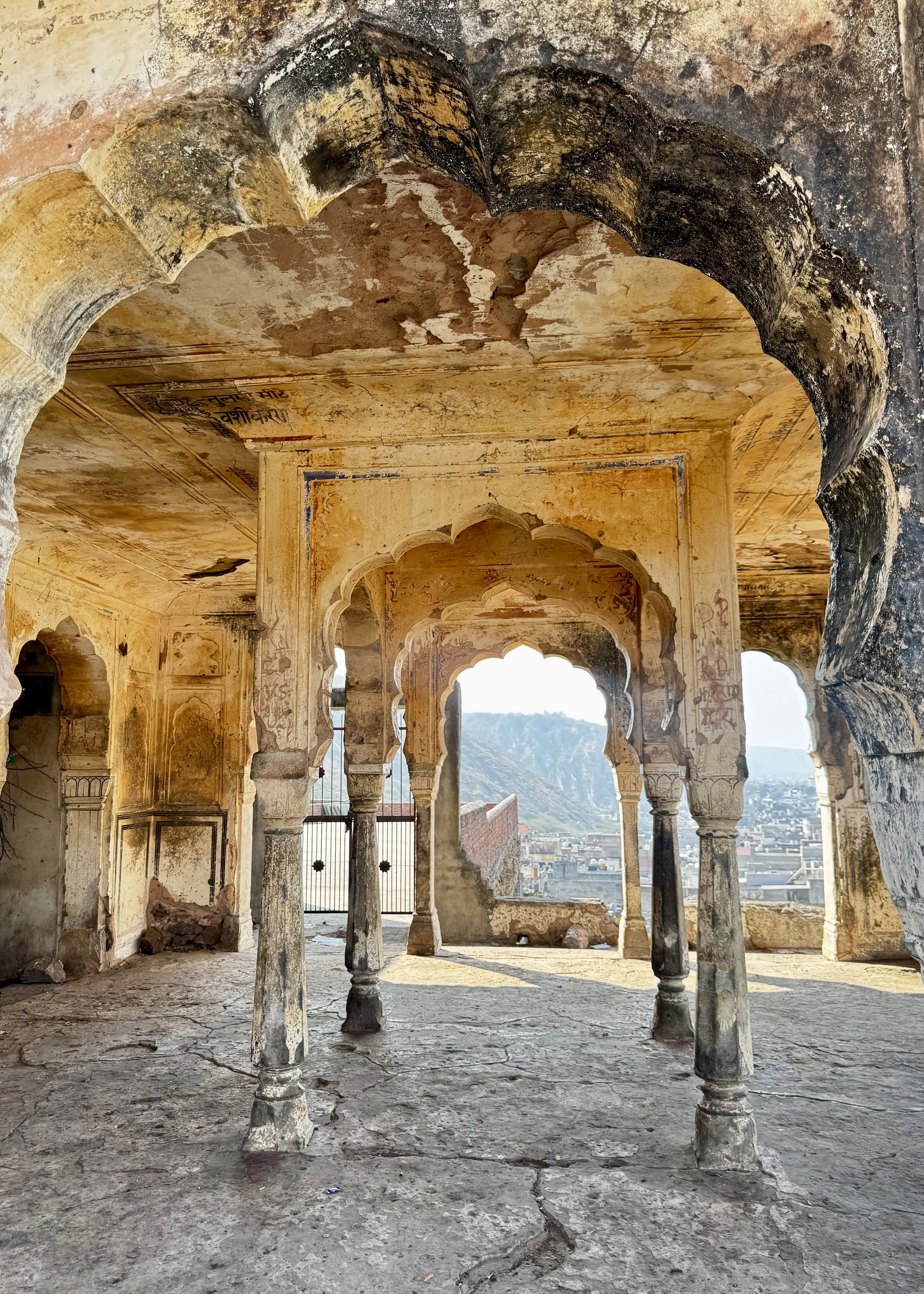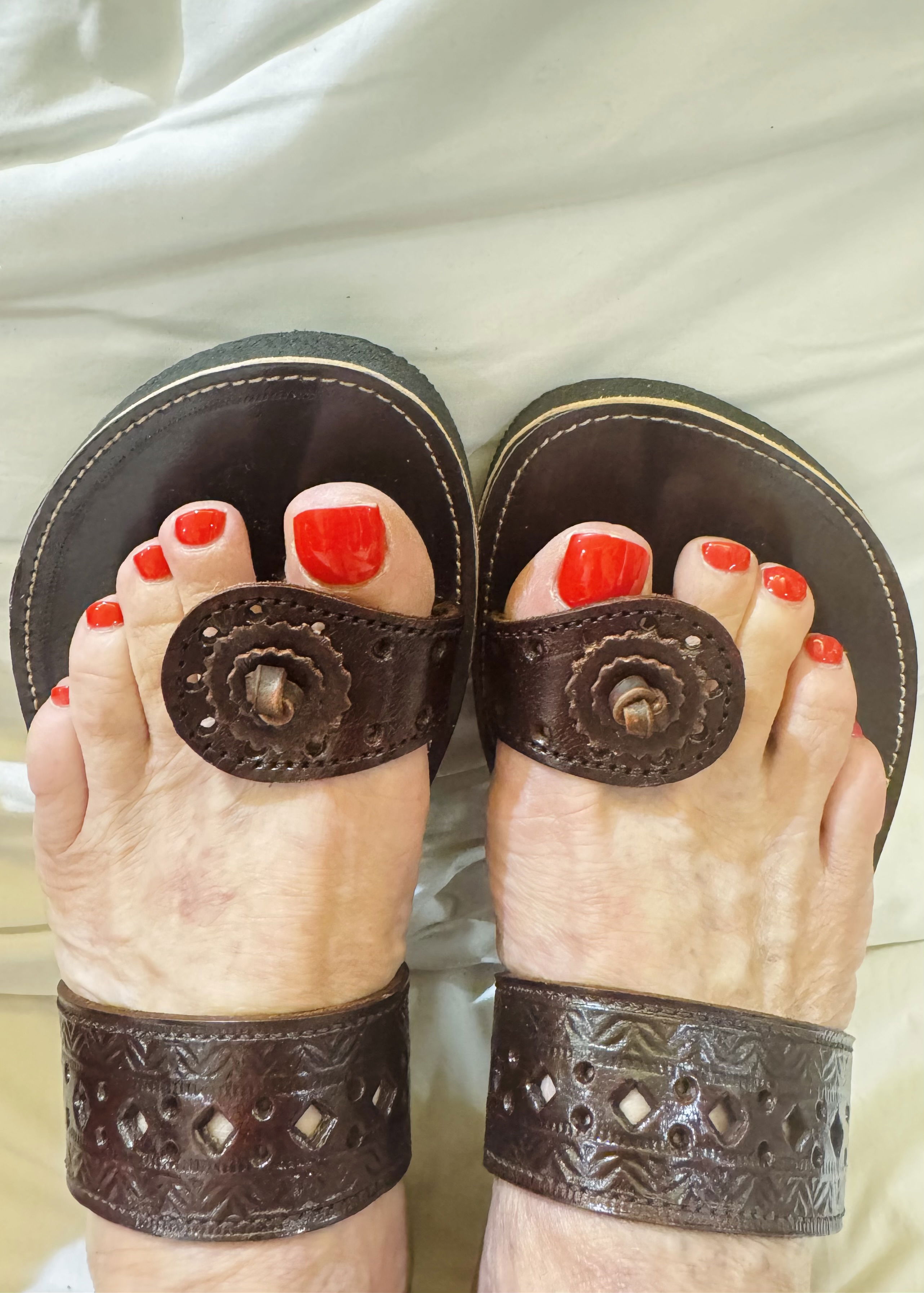India: Jaipur: The Pink City That Stole My Heart
By Vivienne Gunning
There’s something about Jaipur that wraps itself around you—the color, the chaos, the people. I arrived expecting forts and fabrics, and left feeling like I’d stepped through a living, breathing tapestry.
Getting There
Situated in northwestern India, Jaipur is wonderfully well-connected. Whether you’re arriving on an overnight train, hopping off a budget airline, or riding in on a long-distance bus (sleeper coach), it’s easy to get here. Busses and trains might take a couple of hours longer. Trains, buses, and flights can book out fast—reserve your tickets in advance to avoid last-minute stress.
Jaipur is part of the famous Golden Triangle (Delhi–Agra–Jaipur) and makes a perfect gateway to both North and South India.
Known as the Pink City, Jaipur is one of those places where the past leans comfortably into the present, and every street corner hums with history.
So… Why Pink? Back in 1876, the Prince of Wales was coming to visit. To welcome him, Maharaja Ram Singh had the entire city painted terracotta pink—a color associated with hospitality in Rajput culture. The tradition stuck, and even today, the historic Old City is maintained in all its rosy glory.
What to See in Jaipur
Amber Fort—A majestic fortress perched high above the hills. Think mirrored halls, dramatic courtyards, and sweeping views. I walked up— steep, but worth it.Skip the elephant rides—they’re not kind to the animals. Walk, it is good for you.
Hawa Mahal—The iconic Palace of Winds. Its delicate pink façade with 953 tiny windows was built for royal women to watch street life without being seen (Was this a privilege or a “jail sentence🙂?)
Galta Ji (Monkey Palace)—Tucked into a rocky valley just outside town, this peaceful temple complex is home to hundreds of monkeys and sacred water tanks. Visit at sunrise for a magical experience.I was a bit disappointed. Please be aware the monkeys can grab your bag of peanuts out of your hands. Avoid guides!
City Palace—Part museum, part royal residence—it’s still home to descendants of Jaipur’s royal family. Elegant, photogenic, and full of history.
A Glimpse into Royal Life—One of the things I found most fascinating is that Jaipur’s royal family still resides in part of the City Palace. The current head, Maharaja Padmanabh Singh, is young, dashing, and a champion polo player who studied in Europe and speaks fluent Spanish. Interestingly, he was formally adopted by his grandfather, the late Maharaja Bhawani Singh, to continue the royal lineage—an age-old Rajput tradition. While royal titles were officially abolished in India in the 1970s, the family still carries immense cultural weight.
The Chandra Mahal, a majestic seven-story section of the palace, is their private residence, though parts of it are open to visitors. There’s something magical about knowing that behind those ornately painted doors, a royal legacy continues—quietly bridging centuries of tradition with modern life.
Jantar Mantar—An 18th-century observatory with giant instruments that still tell time and track stars. Mind-blowing.
Nahargarh Fort—The best place to watch the sun set over Jaipur. There’s even a rooftop café if you want to sip something while you soak in the view.
Block Printing Villages—In nearby Sanganer and Bagru, I watched artisans dip hand-carved wooden blocks into natural dyes. It’s mesmerizing—and humbling—to witness such ancient skill.
The Bazaar—Johari Bazaar for jewelry, Bapu Bazaar for block-printed fabrics and leather shoes, and Tripolia Bazaar for bangles and brassware. Prepare to bargain… and fall in love with more than you can carry.
Luxury Palaces—Even if you’re not staying at Raj Palace or Rambagh Palace, pop in for a good whiskey or high tea. It’s a step back into India’s regal past—with all the velvet and chandeliers to prove it.
Jaipur Today—Jaipur is more than just heritage and handicrafts—it’s a university town, too. Institutions like the University of Rajasthan, Jaipur National University, and MNIT give the city a vibrant, youthful energy.
For modern shopping, head to MI Road or the chic neighborhood of C-Scheme—you’ll find trendy boutiques and cafés. Or go big at World Trade Park, a mega-mall with everything from Zara to local fashion labels.
A City of Contrast—Jaipur dazzles with historical flair, but just outside the palace gates, you’ll find people sweeping streets, selling fruit, or sleeping on pavements and parks. Many belong to lower castes or work in informal sectors. It’s a tough truth to absorb, especially when you’re sipping chai in a hotel or bargaining at a market to achieve a better price for a beautiful handmade item.
But it’s part of the city’s soul—the contrast, the resilience, the co-existence.
A Few Friendly Tips—
-Stick to busy, clean stalls for street food—your stomach will thank you
-Buy gems only from certified, reputable dealers—it’s easy to be overcharged.
- Stay away from official guides at major sites. Do your own research before and trust your instincts and wander on your own.
Jaipur swept me off my feet. It’s loud, colorful, spiritual, stylish, and sometimes overwhelming—but never boring. If you stay long enough you will discover a soul behind those pink walls.
Have you been to Jaipur? I’d love to know what stole your heart. Send me a message on www.viviennegunning.com.
